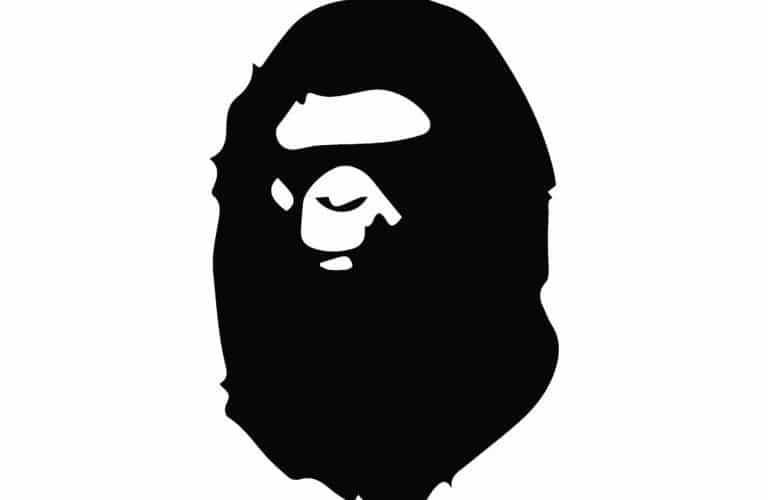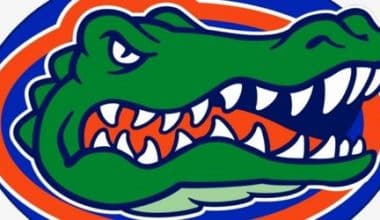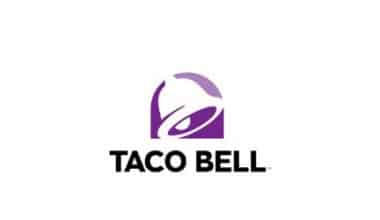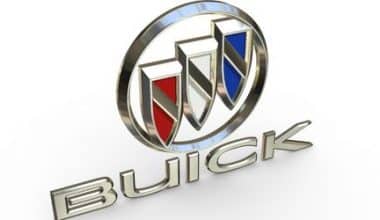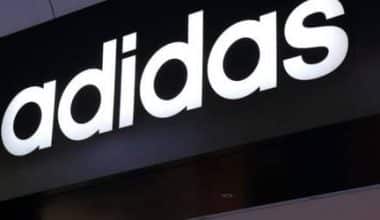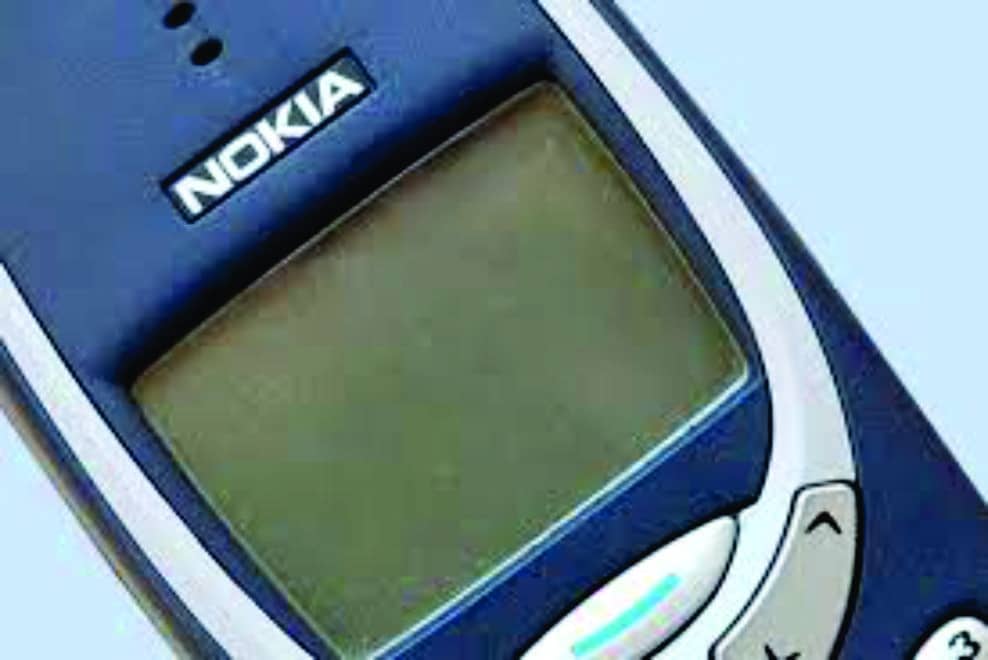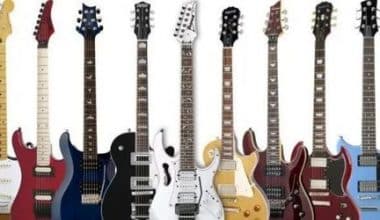Nigo, the founder of BAPE, created the BAPE logo. Nigo was inspired by the 1968 film, Planet of the Apes. He wanted to create a logo that would represent the rebellious spirit of the brand.
Critics have praised the BAPE logo for its simplicity and its boldness. It has also been parodied on a number of occasions, but it remains one of the most iconic logos in the world of streetwear. But what’s the full story behind the one-of-a-kind logo?
In this article, we will take a closer look at the BAPE logo. We will discuss its history, its design, and its impact on popular culture. Let’s set the ball rolling…
Overview
BAPE (or A Bathing Ape) is a Japanese urban clothing brand founded in Ura-Harajuku in 1993. Its headquarters are in Tokyo. Tomoaki Nagao (stage name Nigo), a DJ, designer, and entrepreneur, founded the brand. The fashion company owns 19 retail locations worldwide, including major cities such as Los Angeles, Miami, Paris, London, New York, Seoul, Shanghai, and Beijing. The Kyoto store also has a gallery and is used for shows, meetings, and other events. The company was sold to the fashion conglomerate IT Group in 2011. Following the sale, the founder worked as a creative director for two years before leaving in 2013.
Nigo decided to open his store after being inspired by the ideas of fashion guru Hiroshi Fujiwara. He was also influenced by his parents, who worked hard and left him alone with toys from which he drew trendy styles. Tomoaki Nagao worked as an editor for Popeye magazine after graduating from college. He borrowed 4 million yen from a businessman he knew and opened a Nowhere store with Jun Takahashi. The aspiring entrepreneur then decided to establish his brand.
What Exactly is BAPE?
BAPE, also known as A Bathing Ape, is a Japanese fashion brand. It was founded in 1993 by businessman and DJ Tomoaki Nagao (Nigo), who specialized in trendy streetwear. He sold the company to Hong Kong fashion conglomerate IT Group in 2011. The company’s current headquarters are in Tokyo.
The History of the BAPE Logo
Nigo chose a trendy name for the store, evident to everyone in Japan. It was inspired by a scene from the 1968 film Planet of the Apes. After much deliberation, the founder chose to beat him and associate him with Japanese culture. Because the letters of the first two words are combined, BAPE stands for A Bathing Ape in Lukewarm Water. And the Japanese typically bathe every day in very hot water (above +40 degrees), and some enjoy bathing until the water cools down. As a result, the phrase ironically refers to a wealthy individual who enjoys pampering himself. This was the initial target group of buyers.
The trademark’s owner was actively involved in its promotion. To that end, Nigo gave half of each sewn batch to friends every week so that they could wear and popularize his clothes. Keigo Oyamada, a performer, became one of the “objects of walking advertising.” The store owner then became preoccupied with DJ work and recording an album, which increased the brand’s prestige. In February 2011, he joined the Hong Kong-based IT Group, which purchased over 90% of his shares.
However, the new owner kept the logo the same, believing that using the previously well-promoted image was reasonable because it was printed on all branded products. Furthermore, he continued the line of prints inspired by famous films. His most recent collaboration was with Disney (based on the animated film Ralph Breaks the Internet).
BAPE Emblem: Colors and Font
The BAPE logo is called Cloud Camo when it comes to camouflage. It shows a monkey. She is a mash-up of the characters from the film Planet of the Apes, with a dash of humanity and irony over the Japanese phraseological unit about lovers of carefree soaks in warm water. There are no specific facial features, only common spots where the animal’s head is drawn.
The central section is light, with a flesh-yellow tint. Sunken areas for the eyes, nose, mouth, forehead, and cheek can be seen schematically. Everything else is hidden beneath a thick coat of dark brown hair. There is no torso on the monkey; only the upper part of the bust and the head with the face. It should be noted that the emblem became very popular because it was first used as a print on T-shirts.
Although the brand name has been misspelt, the typeface most frequently resembles the College font. On the other hand, the colour gamut is consistent: it has always consisted of two shades of brown – flesh and earthy.
Colours of the BAPE Logo
The Colour Yellow:
Yellow is a happy colour. It is the focal point of the logo, revealing the eyes, mouth, nose, and forehead. Yellow, the colour of sunshine, represents clarity, honour, and loyalty. However, it can also mean intelligence, happiness, and youth.
The Colour Brown:
Brown is a natural colour. As a result, it stimulates our taste buds. It covers the entire head on the emblem, except for the eyes, mouth, nose, and forehead. Brown in art represents dependability, elegance, security, and healing. It can also convey security, honesty, and simplicity.
What Font Is on the BAPE Logo?
Though the abstract image is never altered, the brand has used a variety of typefaces over the years. However, the most commonly used font is similar to the College font. If you want to replicate the BAPE logo font, use the College type.
What Does the BAPE Logo Stand For?
The BAPE logo is an ape’s head. However, you can discover its meaning by dividing its brand name—BAPEng. The letter—B stands for bath, leaving only the creature’s name. So BAPE is an abbreviation for A Bathing Ape in Lukewarm Water.
What Is the Colour of the Bape Logo?
BAPE comes in two classic colours: yellow and dark brown. The yellow colour is used to paint the image’s centre. It reveals the famous creature’s eyes, nose, mouth, forehead, and cheek. The dark brown colour then takes centre stage, representing the beast’s facial hair.
Why is BAPE so Pricey?
In business, the price of a product is determined by demand and supply. And, of course, the cost of such a product will rise as long as customers want it. This is also the driving force behind BAPE product pricing.
BAPE clothing is in such high demand that it is difficult to find one in stock. Customers did, in fact, quickly pick them up. Similarly, the marketing hype surrounding the brand fuels demand even more. Nigo has many influential associates, so he reaps the benefits of their loyal followers.
What Exactly Is A BAPE SHARK?
Since its inception in 1993, the Japanese clothing company has introduced several designs. The BAPE Shark hoodie is one of these brands. It’s a stylish and unusual attention-grabber. The designer was inspired by a military fighter plane when designing this hoodie. It is one of the company’s most popular commercial products.
What Is the BAPE Slogan?
The Japanese clothing company enjoys using catchy phrases to promote its clothing line. While most people recognize its iconic caption—A Bathing Ape in Lukewarm Water—few recognize the brand’s slogan. So, apes shall never kill apes. Nonetheless, this slogan refers to the 1968 film that inspired the brand’s famous name—BAPE.
What Does the BAPE Logo Stand For?
You would be correct in assuming that BAPE stands for Bathing Ape. But, once again, the caption refers to a movie and a Japanese idiom. To begin, the emblem pays homage to the film Planet of the Apes. Second, it plays on the Japanese phrase “A Bathing Ape in Lukewarm Water.” Surprisingly, this saying refers to the young wealthy Japanese who were its initial targets.
When Did BAPE Start?
BAPE was founded in Tokyo, Japan, in 1993. Nigo and his friend, Jun Takahashi, formed a company called Nowhere with a four million Japanese yen loan. They opened their first store in the commercial fashion district of Ura-Harajuku.
Who is Nigo?
Nigo is a Japanese fashion designer, record producer, and DJ for the Teriyaki Boyz hip-hop group. His parents named him Tomoaki Nagao at birth. On December 23, 1970, the dynamic entrepreneur was born. He is best known for founding the urban fashion label A Bathing Ape.
He attended Bunka Fashion College and studied fashion editing. At this school, he met his business partner, Jun Takahashi. However, before starting Nowhere, he worked as an editor for Popeye magazine. Then, in April 1993, with a loan of four million yen, he opened his first store.
Nigo opened this store in Ura-Harajuku, a bustling fashion district. After the film Planet of the Apes, he named his company A Bathing Ape. Surprisingly, the name has an emotional resonance with Japanese culture. As a result, the brand became well-known throughout the country.
Nigo has frequently credited those who inspired him. His parents, a nurse and a billboard maker, are at the top of the list. Following that, he cited fashion guru Hiroshi Fujiwara as his business model. To name a few, there’s Elvis, the Beatles, and Run-D.M.C.
Nigo created and debuted the Bapesta sneaker in 2002. The sneaker resembles Nike’s Air Force One design, albeit without the swoosh sign. He collaborated with Pharrell Williams three years later to design and release Billionaire Boys Club and Ice Cream.
Nigo believes in collaboration, so he works with top brands and artists. He’s collaborated with Coca-Cola, Pepsi, Adidas, Kanye West, Soulja Boy, and Biggie. He collaborated with Louis Vuitton and Virgil Abloh to create a capsule collection in 2020.
Finally, his efforts have not gone unnoticed. He won the MTV Asia Style Award in 2005. Then, fifteen years later, he was named GQ Fashion Designer of the Year in 2020.
A Brief History of BAPE Clothing Brands
BAPE was founded by Tomoaki Nagao, also known as Nigo. In 1993, he opened his first store, Nowhere, in Tokyo’s Ura-Harajuku district. So, A Bathing Ape is a Japanese clothing brand that promotes its products through hype and scarcity.
Nigo enjoys watching movies. He got the idea for his brand while watching the film Planet of the Apes one day. So he designed the brand’s logo and dubbed it A Bathing Ape.
While the 1968 film inspires the name, it is also a Japanese idiom—A Bathing Ape in Lukewarm Water. Ironically, it refers to the lifestyle of the brand’s target audience, the younger wealthy Japanese. Bathing in water that is 40 degrees Celsius is common in Japan.
The company specializes in children’s clothing, men’s clothing, and women’s lifestyle and streetwear. Nigo debuted about fifty BAPE t-shirts on launch day in collaboration with Jun Takahashi. Surprisingly, two factors contributed to the limited supply: scarcity and a lack of funds.
Despite his limited resources, Nigo believed in the power of scarcity. As a result, his marketing strategy was to meet about 10% of the demand. This eventually earned the brand a premium status. Nigo produced thirty to fifty shirts per week for two years.
Tactically, half of these limited quantities were distributed to Tokyo influencers to promote the brand. Everything went as planned! By 1998, the brand had approximately forty stores in Japan.
Read Also: Indeed Logo: History, Evolution & Meaning
To focus its efforts, he severed all distribution ties and concentrated on a single location. BAPE became scarce as a result of this step, raising its price. He claimed that sales from one store were equal to sales from the entire location. It means he didn’t have second thoughts about making such a decision.
Nigo released his debut album, Ape Sounds, in 1997. They also heavily promoted the brand by collaborating with DJ James Lavelle. Notorious BIG was also among the most prominent rappers to endorse the brand. Furthermore, the beginning of 2000 elevated the BAPE brand even further.
Pharrell Williams was introduced to Nigo by Jacob the Jeweler. The two musicians collaborated on the Billionaire Boys Club and Ice Cream Clothing lines in 2005. This resulted in the first BAPE stores in New York and Los Angeles outside of Japan.
A Bathing Ape has now made an appearance in American hip-hop fashion. Kanye West was another rapper who boosted the brand’s popularity. He created a limited edition of the Bapesta sneakers in 2007. Then, on February 1, 2011, IT Group, a Hong Kong fashion conglomerate, purchased BAPE.
The total value of the transaction was $2.8 million. Nigo, on the other hand, waited to leave. He served as Creative Director until 2013. Why was BAPE being sold if it was profitable? By 2010, the brand had fallen out of favour and was deeply in debt (about $22.5 million).
Aside from working with musicians, the brand has collaborated with well-known brands. To name a few, Coca-Cola, Pepsi, Nintendo, Adidas, and Rimowa.
What Exactly Is the BAPE Symbol?
BAPE’s popular streetwear fashion brand’s symbol is a stylized monkey face drawn in two shades, with the dark part dominating. Nigo, the founder of the brand, was inspired by the 1968 sci-fi film “Planet of the Apes” when designing the new brand’s style and logo in the shape of a gorilla head, which has remained unchanged since 1993.
What Animal Does the BAPE Logo Represent?
The animal on the BAPE logo is most likely a gorilla, though it is more commonly known as the “monkey face.” The badge was designed by the brand’s founder, Nigo, whose favorite movie is Planet of the Apes, so let’s say it’s an Ape in the BAPE logo.
Final Thoughts
Nigo is a musician and a fashion entrepreneur from Japan. He was given the name Tomoaki Nagao at birth. He borrowed money from a friend to launch his fashion line in 1993. They named the company Nowhere after his college friend Jun Takahashi.
And, to elevate the product’s status, he made it scarce. For example, he produced about fifty items per week in the first two years. After that, he sells half of the clothing and gives the rest to influencers. His marketing strategy was successful in improving the brand’s image and revenue.
Nigo’s collaboration with some of the industry’s biggest names boosted the brand’s reputation. Soulja Boy, Notorious BIG, Pharrell Williams, and others were among these celebrities. Finally, after eighteen years of ownership, he sold the company to IT Group for approximately $2.8 million.
He stayed as the Creative Director for two years to help with the transition. In 2014, he took on the role of manager and producer for BILLIE IDLE, a female pop band. Finally, in September 2021, Kenzo named him its Artistic Director.
Related Articles
- JAPANESE CAR BRANDS: A Complete List of the Best Options in 2023
- CLOTHING MANUFACTURERS: FIND OUT THE BEST & UNIQUE MANUFACTURERS
- HOW TO OPEN A CLOTHING STORE 2023: Best Clothing Store Ideas in 2023
- Buffalo Bills Logo: Why is the Logo a Bison?
- STARTING A CLOTHING BRAND: Simplified Step-By-Step Guide
